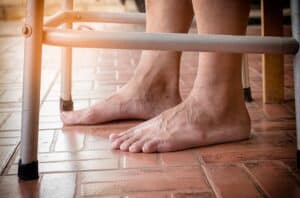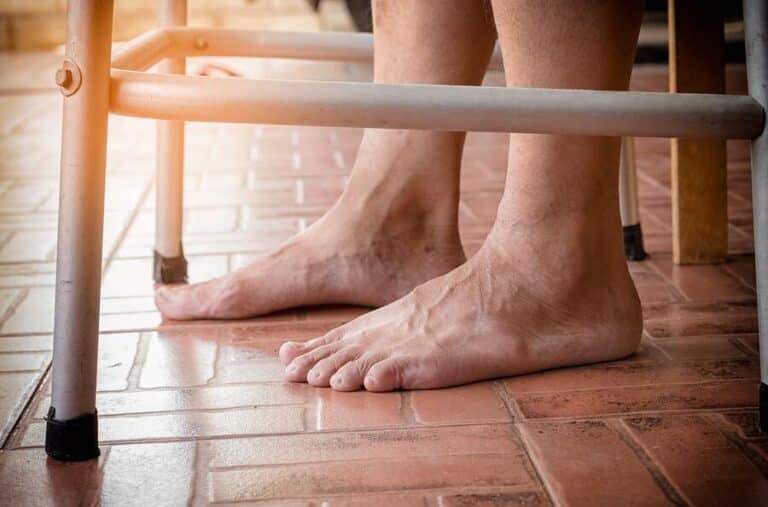If your senior parent has diabetes, they need to take their health seriously. Seniors who have diabetes should be watching their diet, getting as much exercise as possible, and making sure that they are getting regular eye exams. Seniors with diabetes also need to take special care of their feet. Having diabetes makes seniors more likely to develop serious foot ailments, some of which can be very serious. Good foot care can help your senior parent prevent complications from diabetes, and having personal care at home services can help them with their foot care..
But many seniors have trouble doing the kind of foot care that is necessary to protect their feet. If your senior parent has a hard time bending over to reach their feet or moving around easily, personal care at home can help. Personal care at home is specialized care for seniors to help them with hygiene tasks that are becoming challenging for them.
A care provider can help your senior parent take care of their feet so that they can avoid common foot problems associated with diabetes, like:
Numbness or Tingling
One of the most common problems is diabetic neuropathy. This is nerve damage caused by high blood sugar levels over time. It often starts with a feeling of numbness, tingling, or burning in the feet.
Some seniors might feel like they’re wearing socks even when they’re barefoot. Others may lose feeling in their feet completely. This can be dangerous because they might not notice if they step on something sharp or get a blister.
Foot Ulcers
Foot ulcers are open sores that form on the bottom or side of the foot. They often start small but can grow quickly if not treated. Poor blood flow from diabetes makes it harder for the body to heal these wounds.
Seniors with neuropathy might not feel the ulcer forming, so it’s important to check their feet every day. If the skin looks red, swollen, or oozing, it could be infected and needs medical attention right away.
Infections
Even small cuts, scrapes, or blisters can lead to infections in people with diabetes. Because the immune system doesn’t work as well and blood doesn’t flow as strongly, bacteria can easily grow in small wounds. Signs of infection include redness, swelling, warmth, pus, and pain. If not treated, the infection can spread to the bones or bloodstream. In severe cases, it can even lead to the loss of a toe or foot.

Dry, Cracked Skin
Seniors with diabetes often have dry skin on their feet. When the skin gets too dry, it can crack, especially around the heels. These cracks can be painful and make it easier for germs to get in and cause infections. A care provider or family member can help by applying gentle lotion daily.
Changes in Foot Shape or Color
Diabetes can cause changes in the shape and appearance of the feet. Some seniors may develop hammertoes or Charcot foot, where the bones weaken and shift. This can cause swelling, redness, and deformity. Other warning signs include dark or bluish skin, which may mean poor blood flow. These changes make it harder to walk and easier to get sores or pressure points.
If you or an aging loved one are considering Personal Care at Home Services in Sunnyside, CA, please get in touch with the caring staff at A-Plus In Home Care, Inc. today. Call (559) 224-9442.
A-Plus In Home Care, Inc. is a Trusted Home Care Agency serving Fresno, Clovis, Sunnyside, Fowler, Reedley, Selma, Sanger, Madera, CA, and surrounding areas.
- Common Foot Problems Faced By Seniors With Diabetes - May 1, 2025
- Clear Communication With Care Providers Is Key - April 15, 2025
- Home Care Can Be There For Your Senior Parent When You Can’t - April 1, 2025




